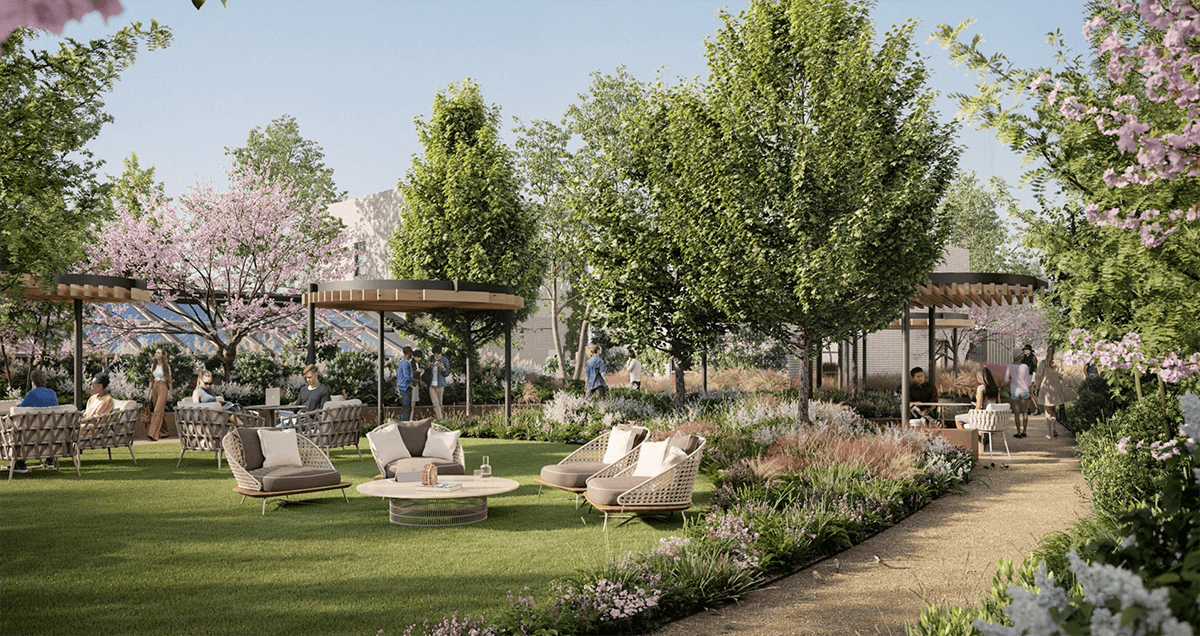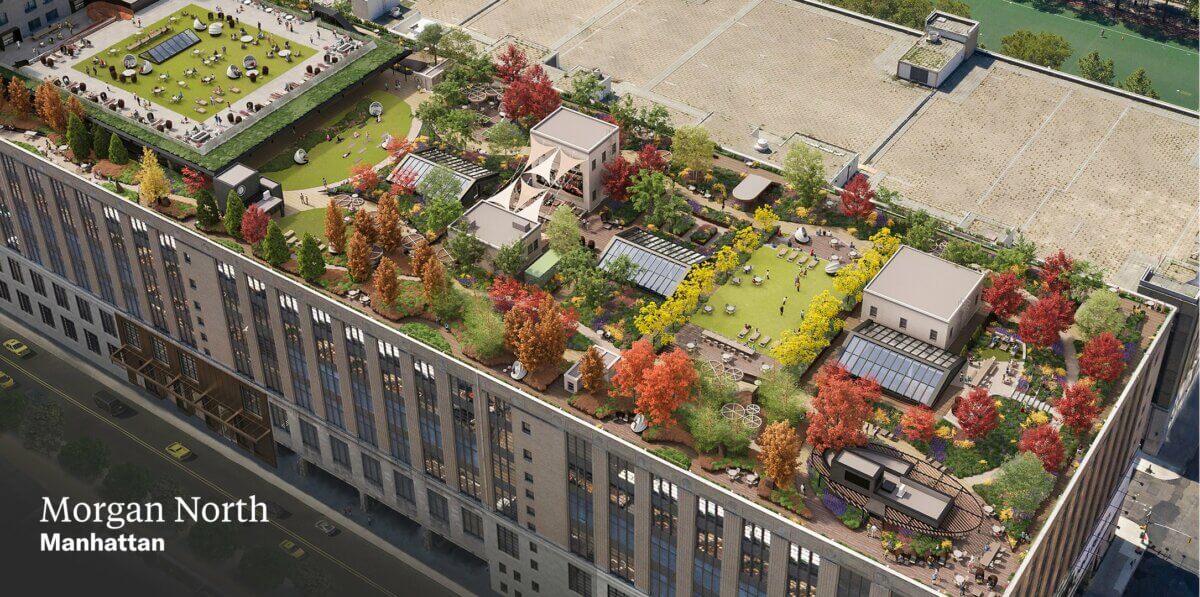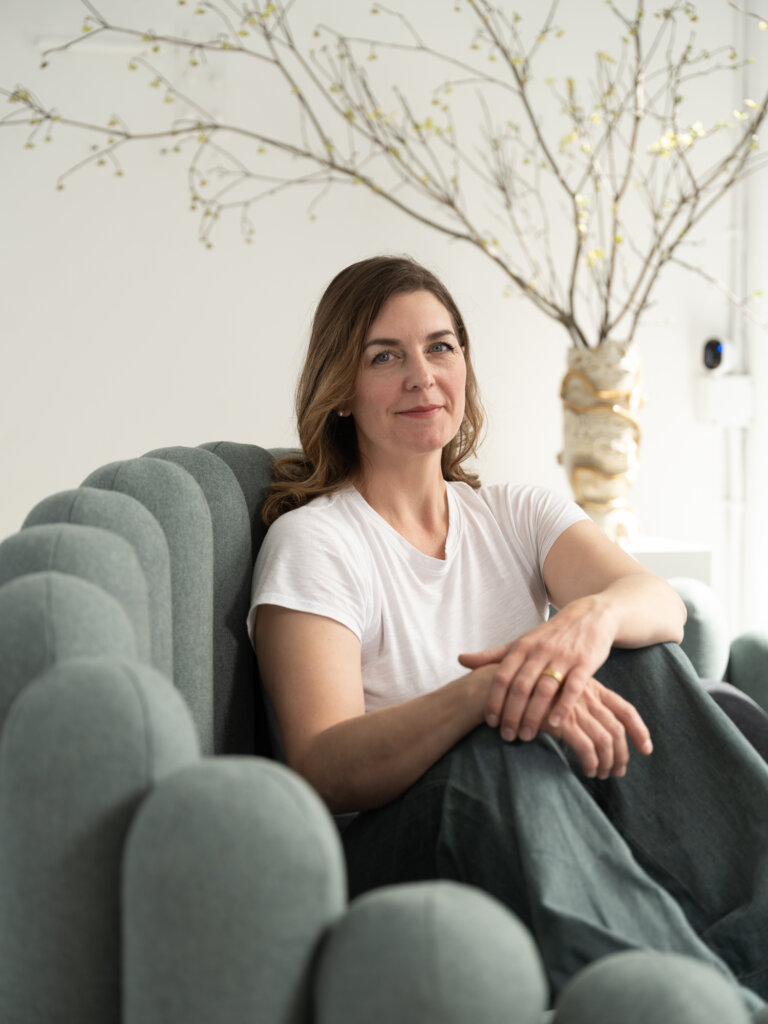
Joey Shimoda, co-founder, Shimoda Design Group, is about as much of a “design nerd” as one can be. When he’s not in the studio crafting award-winning projects alongside his co-founder Susan Chang, the self-proclaimed “guardian of great design objects” can be found tinkering with his collection of cars, motorcycles, and even objects associated with the Michelin man. Hear from the Los Angeles designer on what makes him tick.
Tell us about yourself.
I have a design studio with my partner Susan Chang and this year will be our 22nd year as an independent design studio. Ninety percent of all of our projects have been created within existing structures. We believe that architecture doesn’t have to be new to be beautiful, sustainable, or meaningful. Architecture is revealed through many lenses. We embrace client and context, but our goal is to create something special. A framework of research, responsibility, restoration, and innovation become the foundation of a visionary solution. Research reveals the individuality of the client and the history of the building. Responsibility starts with a belief that preservation, buoyed by good design practices, will achieve meaningful results in sustainability. Restoration preserves the past and seeds design opportunities between the old and the new. Innovation and lasting impacts are found where human activity, design, serendipity, materiality, and fabrication converge. This is the place where Shimoda Design Group creates the alchemy that elevates the human experience
What was your first design job?
My first design job was for PNI Architects in San Francisco. As a young architecture student, I was eager to find out what it was like to be in the workplace. My school had a robust intern job board and I was fortunate to get a summer internship after my freshman year. In retrospect, it was an interesting choice because it was a woman-owned interiors firm. At that time, I really did not know much about anything, but I think it was a key moment in my design journey.
How would you describe your workplace?
I like to think of my studio as a design garage. So much of my childhood was spent in a garage—it was the best place to play, work on bikes, motorcycles, play the trumpet, raise pets, and escape reality. It was also an okay place to be messy. So, my studio workplace has that same kind of feeling. When I was an intern at Morphosis, the studio was a warehouse building that felt more like an auto body garage than a design studio. It was such a great workshop with models in various states of development, art projects everywhere, and some of the most creative and interesting people I have ever met. Inspired by memories like those, I strive to recreate that kind of atmosphere.
What is your favorite creative outlet outside of your work?
It is no secret that I love cars and motorcycles and the world of motorsports. However, there is a growing obsession with sim racing to blow off steam and use my mind in a different way.
Your firm is known for its love of creative collaboration. How does this inform the work you do?
The one thing that excites me the most is intersection between collaboration, innovation, and inspiration. When we involve other people, we have an opportunity. We increase the possibility of coming up with something that we did not expect. We approach every project in this spirit.

Morgan North is a state-of-the-art sprawling two-acre green rooftop office space, designed by Shimoda Design Group, set atop the James A. Farley Building—which formerly served as the city's main United States Postal Service branch.
Can you remember the first space or building that really made an impact on you?
In my second year, my class took a field trip to Southern California. The instructor was an exceptional young professor named Joe Burton. He took us to the Salk Institute. We had studied Louis Kahn’s ideas about servant and served spaces in design studio. What I did not expect was the sublime beauty that was created in that courtyard space. It was the first time I became aware of the power of architecture.
We understand you are quite the collector in your spare time. Can you tell us about some of the things you collect, why, and what they mean to you?
There is a fine line between a collector and a hoarder. I like to think of myself as a guardian of great design objects. Many of the things that I collect start with just being attracted to its autonomous beauty. Invariably, this evolves into understanding why these objects come into existence.
In many ways it becomes the search of a story, particularly the context and conditions in which that object came into existence. One of my favorite things to collect are objects associated with the Michelin man. His name is Bibendum—Latin for “it’s time to drink”—which referred to how Michelin tires could drink up any obstacle on the road. I love this guy and this brand because they demonstrate how ideas and design combine to create lifestyle. Who would have thought that a tire company would eventually become the standard for fine dining? It was brilliant idea that tires could safely take you on an adventure.
How do you keep a pulse of where design is headed?
I am incessantly curious. That quality always keeps me near the pulse of design.
What is your favorite part of the design process?
The part when ideas are not encumbered by gravity or reality.
How do you keep evolving as a designer?
The design process and the idea that iteration is really the only way to arrive at different and new solutions; iteration always pushes me to evolve.






